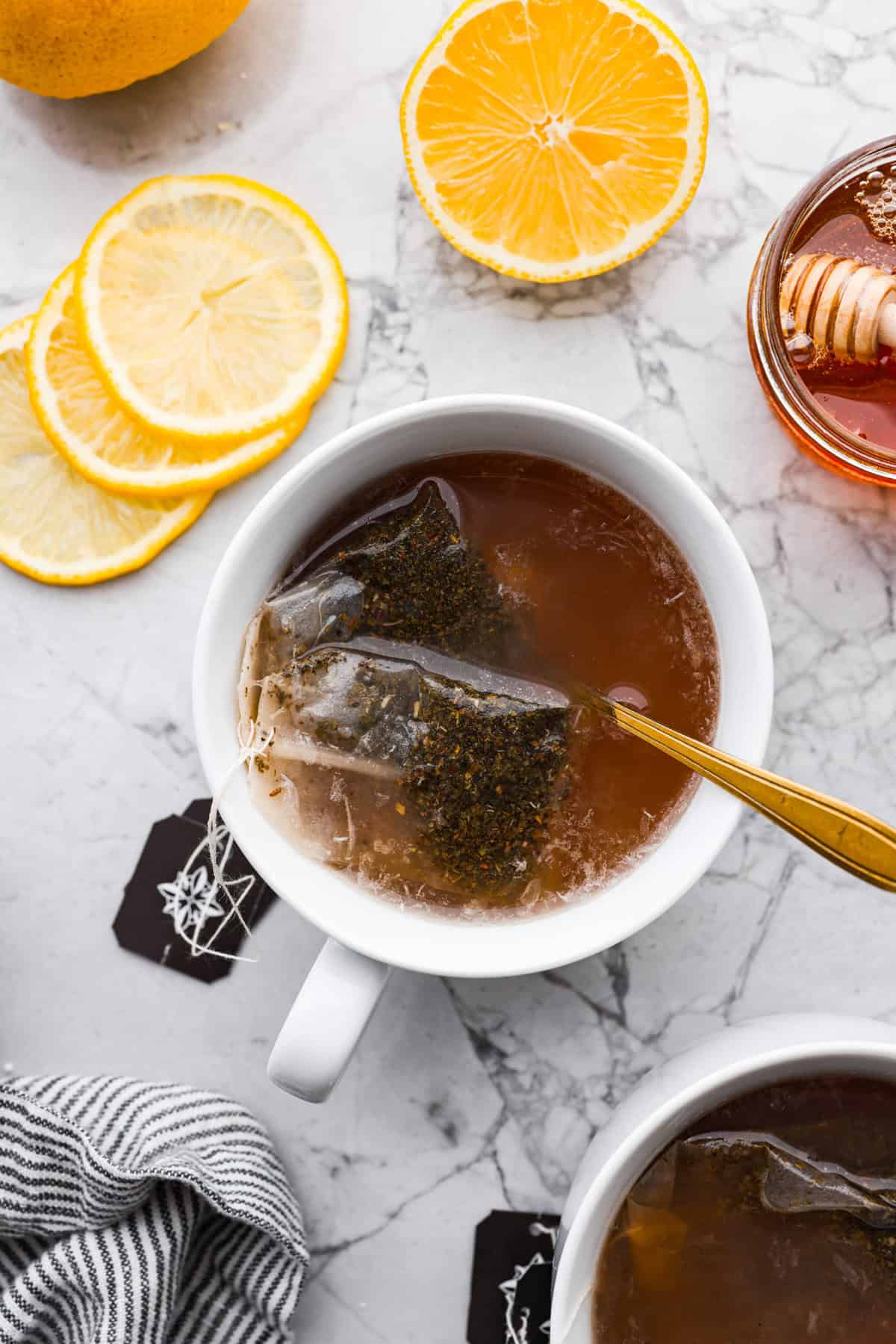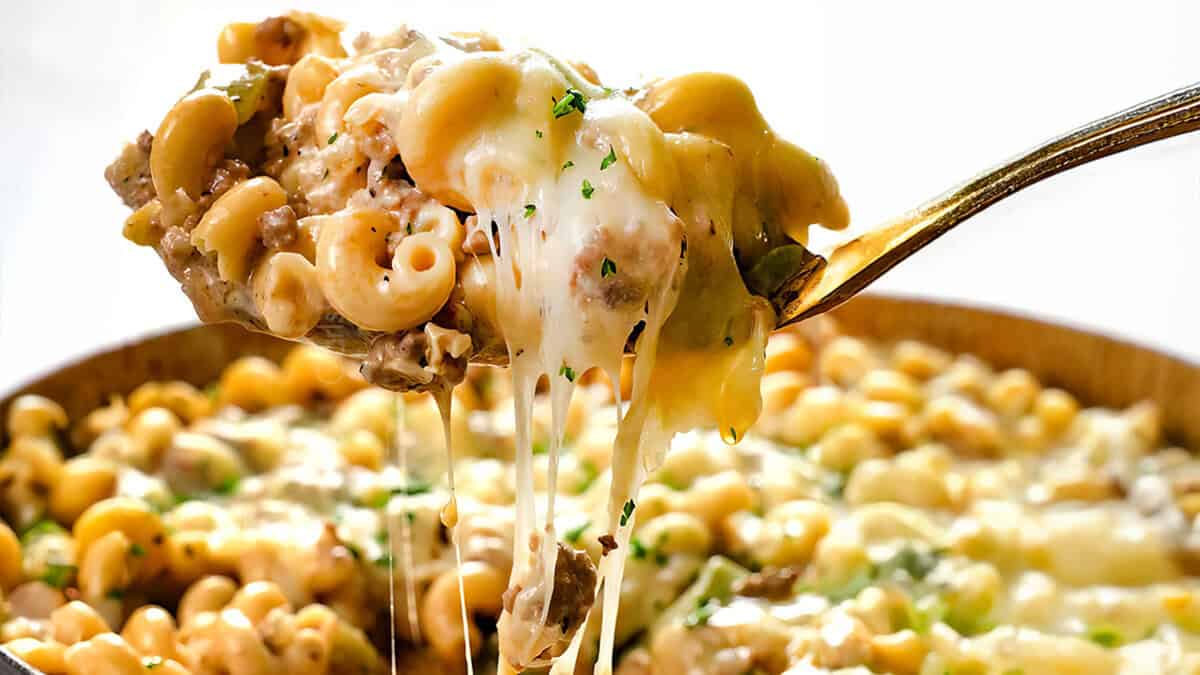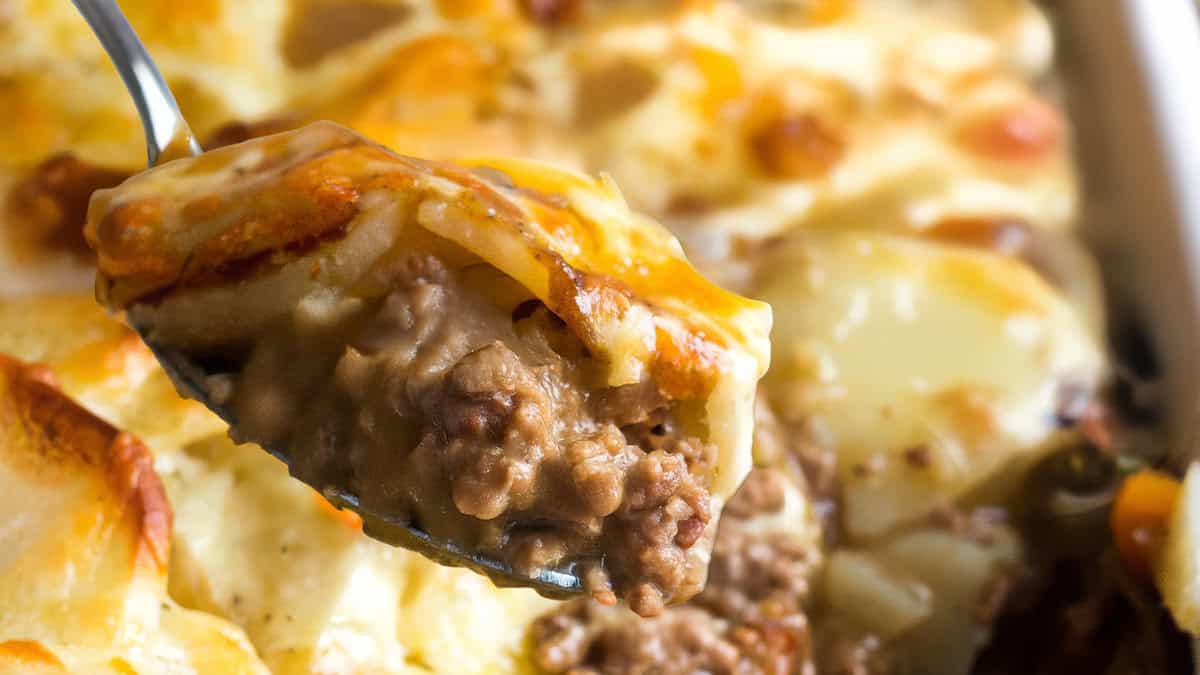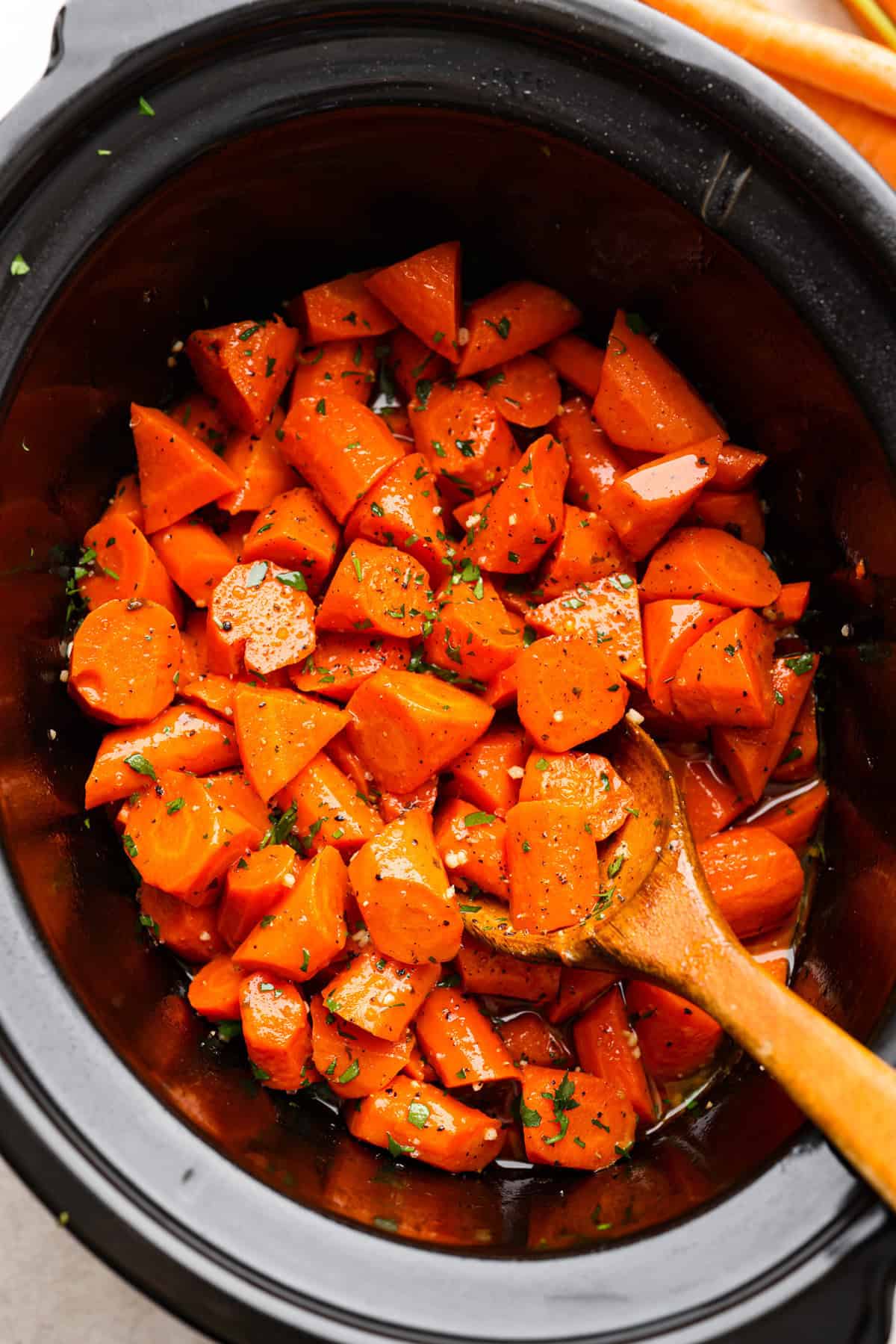You might recognize chef Camilla Marcus for opening West~bourne, New York City’s first zero-waste restaurant, in 2018, but these days, she considers herself less of a restaurateur (the space sadly shuttered during the pandemic) and more of an activist. As she writes in her new book, My Regenerative Kitchen, she spent her childhood writing letters to her representatives and Senators, calling for environmental legislation. “A long time ago, I was interviewed by someone who asked, ‘Well, are you sure you want to be called an activist?’ They framed it as controversial,” Marcus said. “Activism just means that you're not sitting there expecting something to change and doing nothing about it.”
In true Marcus fashion, her entire cookbook is a delightful call to action, whether you’re trying to incorporate plant-based meals in your weekly routine (she has a great soup for that), or for when you have company over (three words: Avocado Oil-Washed Martini). We spoke with Marcus about how to prioritize regenerative farmed products, and what to serve the vegan who’s coming to Thanksgiving.
But first—Alice Waters wrote your intro. Whoa. How did that happen?
I was talking about my book with the executive director of [Alice Waters’s] Edible Schoolyard, and I knew I wanted it to have a gathering section because when it comes to impact, being together is the way to get a movement going. But there's nothing worse than thinking about all the waste in cookbook shoots. So I wanted to actually host something and then shoot it, rather than the other way around. We did an Edible Schoolyard community dinner on a regenerative farm, and we used would-be scraps to make the meal. As a thank you, Alice offered to do the forward. She’s one of my all-time heroes, one of the patron saints of the power of food to have a real impact on future generations.
Ok, but let’s back up and talk about the title. What exactly is regenerative farming?
From a bird’s eye view: If you picked up a piece of the soil next to a tree in Manhattan on the side of the road, it's going to be chalky, light brown, dry, almost like standard dirt, right? I don't think you would really call that soil—versus when you're going to plant a garden, you go to any sort of gardening store, and you open what they call soil, right? And you hold it in your hands. It's black. It has particles in it. A lot of times there's living organisms. It's moist. It's not slipping through your fingers like sand. That's the difference between traditional monocrop farming and regenerative farming, which pulls carbon from the atmosphere and creates that difference in the health and nutrition of the soil.
How can you tell if your food is a product of regenerative farming?
One way is in the grocery store—it’s usually on the packaging. You can also directly get in touch with farms that are using these practices.
Could I practice regenerative farming in my backyard?
To do it in your own backyard, it’s important that you don't just plant one thing. You really need an ecosystem. And that's one of the biggest tenants—biodiversity. Plant different fruits and vegetables that feed each other nutrients into the soil. Also, plant in season, too. It's about protecting the ground, and not overproducing.
What if I don’t have a yard?
The goal is that you can do it anywhere. So even when you're growing potted plants or windowsill herbs, you’re still contributing to the movement.
The book is all plant-based recipes. Do you see eating a plant-based diet as a form of activism?
Hugely. It doesn't mean you have to be vegan every single meal, every day of the week. I always say to people, when you host friends, challenge yourself to not go for what you may normally cook. The goal of the gathering section and the menus [in the book] is that you can host and have an entirely plant-based meal that's incredibly delicious and not trying to be something that it’s not.
Speaking of, I have a vegan coming to my very traditional Midwestern (read: dairy- and meat-heavy) Thanksgiving. What should I serve that everyone will enjoy?
The Kabocha Squash Curry soup. It is so rich, so velvety, and it's coconut based, but not sweet. It’s perfect for this fall season coming upon us. I made it for a big dinner for 50 people, and everyone could not believe that it did not have any dairy products in it.
Ingredients
| 1 | red kabocha squash, 2 to 3 pounds (910 g to 1.4 kg) |
| 1 | head garlic, halved horizontally |
| 4 | tablespoons (60 ml) avocado oil |
| Sea salt and freshly ground black pepper | |
| 2 | tablespoons curry powder |
| 2 | tablespoons ground cumin |
| 1 | tablespoon ground turmeric |
| 1 | small yellow onion, roughly chopped |
| 2 | (14-ounce/400-ml) cans coconut milk |
| 1 | red kabocha squash, 2 to 3 pounds (910 g to 1.4 kg) |
| 1 | head garlic, halved horizontally |
| 4 | tablespoons (60 ml) avocado oil |
| Sea salt and freshly ground black pepper | |
| 2 | tablespoons curry powder |
| 2 | tablespoons ground cumin |
| 1 | tablespoon ground turmeric |
| 1 | small yellow onion, roughly chopped |
| 2 | (14-ounce/400-ml) cans coconut milk |
What's your favorite plant-based recipe? Let us know in the comments below!














 English (US) ·
English (US) ·